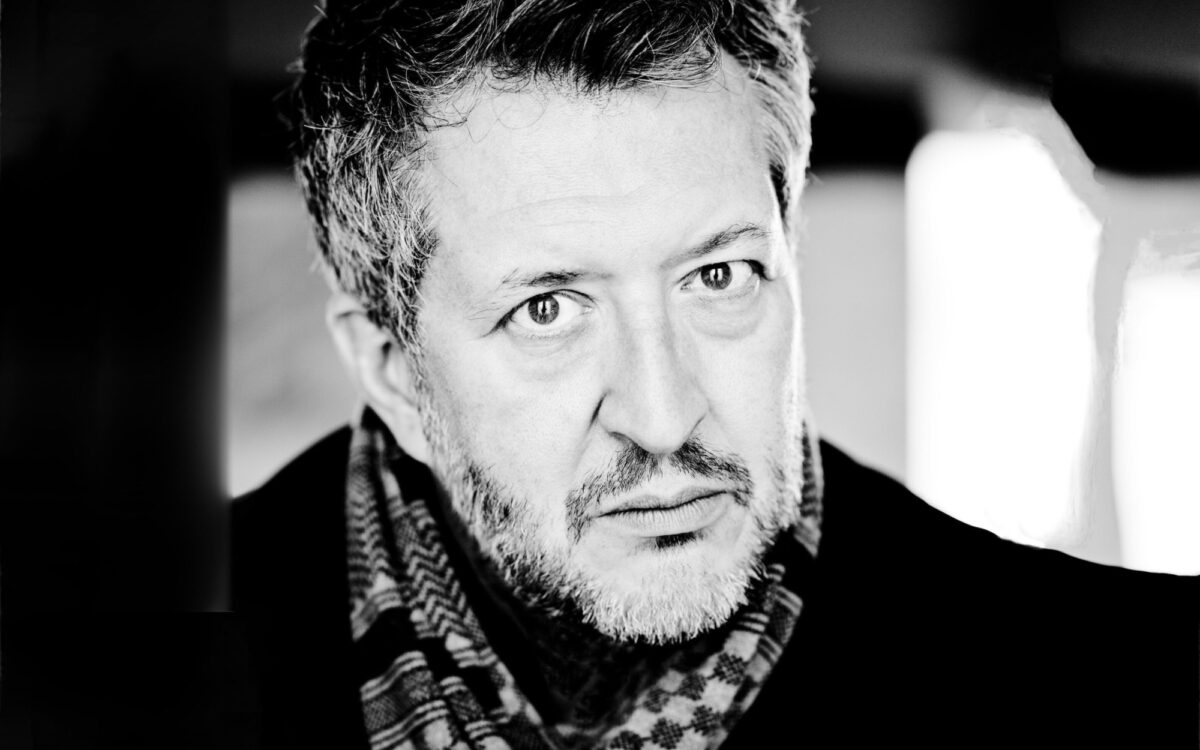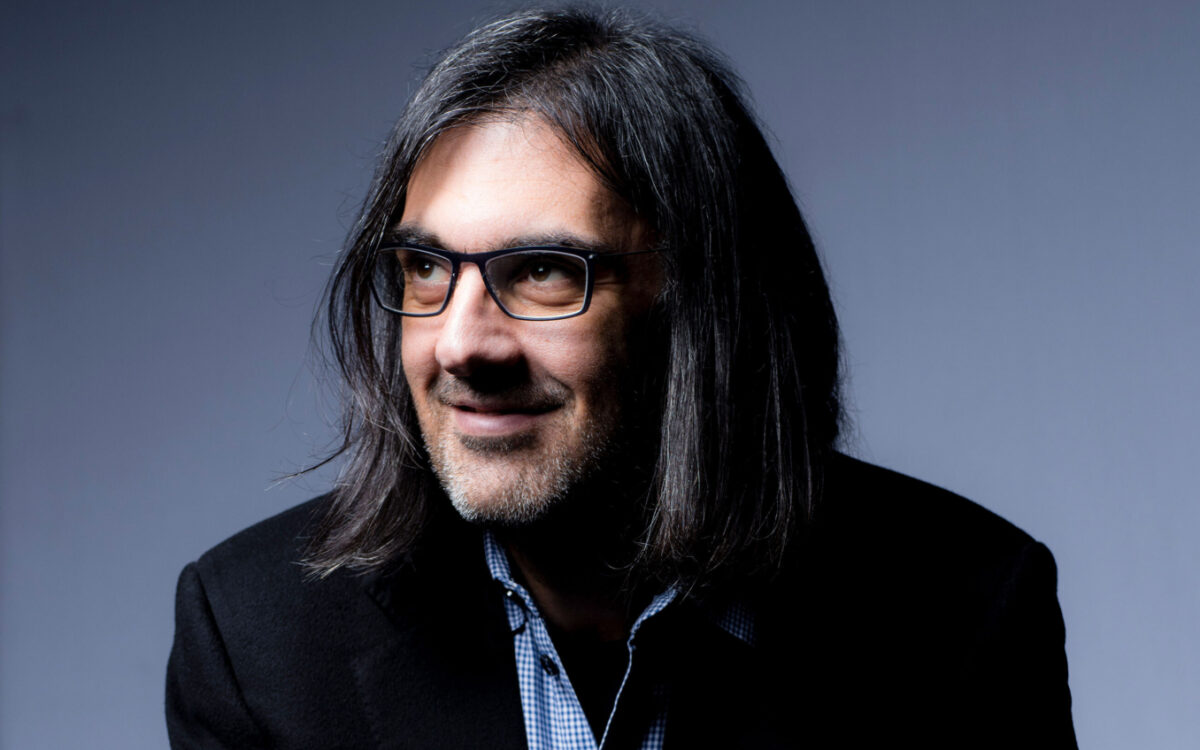Sinfonia concertante for violin and viola, K.364m
Composition and premiere: Unknown; probably composed summer 1779; nothing is known of the circumstances of the premiere. The first BSO performance featured BSO concertmaster Anton Witek, violin, and principal violist Emile Férir, Karl Muck conducting, in November 1915. Serge Koussevitzky led violinist William Kroll and Jascha Veissi, viola, in the BSO’s first Tanglewood performance, on August 11, 1945. The most recent Tanglewood performance featured violinist Stefan Jackiw and violist Lawrence Power with the BSO and conductor Hans Graf on August 9, 2008.
That Mozart, with his sense of theater and his own brilliance as a virtuoso, was particularly drawn to the concerto is no surprise. He wrote such pieces as a little boy and offered his first mature essays in the genre when he composed his famous set of inventive, graceful, dazzlingly accomplished violin concertos in 1775. He paid particular attention to the form in the middle 1880s, the time of his great piano concertos, though that astounding group of works has a great forerunner in the E-flat concerto of 1777, K.271, as well as two later pieces on the very highest level, the C major, K.503, and the final B-flat, K.595.
In 1778-79, Mozart became intensely interested in the possibilities of concertos with more than one solo instrument. Much earlier, in May 1774, he had written what he called a Concertone, a big concerto, for two violins (C major, K.187e), but now there suddenly appeared a run of six such works. More precisely, we have three completed works, two that were abandoned partway through, and one puzzle. The completed ones are the Concerto for Flute and Harp, K.297c (April 1778), agreeably Rococo but a bit perfunctory; the delightful two-piano concerto in E-flat, K.316a (early April of 1779), and the present work. He began a concerto in D for piano and violin, K.315f (November 1778), and a Sinfonia concertante in A for violin, viola, and cello, K.320e (summer or early fall of 1779), abandoning both scores not because of dissatisfaction or trouble with them, but because the concerts for which they were intended were cancelled. The puzzle is the Sinfonia concertante in E-flat for four wind instruments, K.297b, whose genesis cannot be properly established and which has not come down to us in any form that can be authenticated as by Mozart.
In the middle of this frustrating package of plans, experiments, and accomplishments, the Sinfonia concertante for violin and viola stands out as one of Mozart’s most seductively rich works and surely as the finest of his string concertos. Mozart was primarily a pianist, but he was also an accomplished violinist, and in chamber music sessions he liked best to play the viola. He enjoyed being in the middle of the texture, but there is also an affinity between the viola’s dark sonority and that element of melancholy which is apt to touch even his most festive compositions. The viola is the Mozartian sound par excellence. His chamber music reaches its highest point in those quintets where he adds a second viola to the standard string quartet. Here, in this Sinfonia concertante—the title suggests a symphony that behaves like a concerto—he stresses the characteristic color by dividing the orchestral violas into two sections.
As for the solo instruments, Mozart is more interested in the distinction of color than in the difference of range. He sends the viola clear up to the high E-flat above the treble staff, an altitude it never comes near approaching in the quartets and quintets. To allow the viola to be more penetrating, Mozart writes the part not in E-flat but in D, a more sonorous and brilliant key for the instrument, and asks the player to tune the instrument a semitone high so that what is played in D will actually sound in E-flat. (Most violists shudder at the thought of thus playing on a retuned instrument and simply play it in E-flat, Hindemith being one of the few modern violists who always played the part in D.)
Indeed, everything about the sheer sound of the music is testimony to Mozart’s aural fantasy—the piquant wind writing, the delightful and serenade-like pizzicati in the orchestra, the subtle interaction of solo and orchestral strings beginning with the very first emergence from the tutti of the solo violin and viola, and, not least, the way so sumptuous and varied a sonority is drawn from so modest a complement.
The splendid and majestic first movement is followed by an operatic Andante of deep pathos: one can almost hear the Italian words as the two singers vie in passionate protestation. The finale, after that, is all high spirits and virtuoso brilliance.
Michael Steinberg


